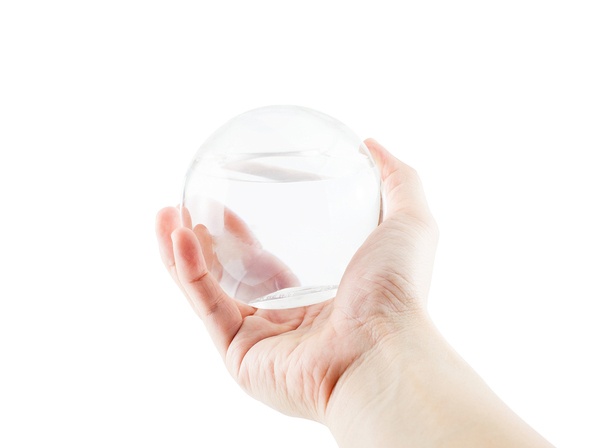Sustainable packaging is starting to mature, both in the industry and in the minds of end users. According to Smithers Pira, the packaging market is expected to grow 3.5 percent annually through 2020.
Environmental concerns, corporate responsibility, and end-user expectations are beginning to align. That is good news for the planet and good news for the packaging industry well into the future.
Sustainable Packaging is the New Normal
Sustainable packaging once was a useful, umbrella phrase that differentiated ecologically sound packaging from all of the other choices. Packaging that was not considered sustainable had some immunity from the same level of scrutiny.
The packaging industry has outgrown it as a catchall term in much the same way as most of the world has outgrown specifying between leaded and unleaded gasoline. If you say gas, chances are you mean unleaded. If you say packaging, you probably mean sustainable packaging or you will in the very near future.
According to a report by PWC, sustainability is simply too broad a term to effectively describe the direction that the packaging industry is going. So-called bad packaging is heading the way of the dinosaur, but even that might not mean what you think. The goal is not necessarily to erase but to improve packaging on all fronts.
Sustainability now is about drilling down, learning more, and improving efficiencies, regardless of the packaging in question. Plastics, for example, have taken an ecological beating over the years, but consider how plastics have driven flexible packaging to the front of the sustainability herd.
Authentic Sustainability Considers the Whole Packaging Life-Cycle
Twenty years ago, you might have laughed at the idea that plastic could become a leader in ecological or sustainable packaging. It does not decompose, many said. It clogs landfills for centuries or longer, many said. But a funny thing happened along the way. Packaging manufacturers, environmentalists, retailers, and end-users started to think about the whole life-cycle of packaging as well as the goal of packaging in general.
Flexible packaging uses plastics for liners. However, those plastics contain fewer raw materials than many of their rigid or semi-rigid counterparts. Flexible packaging also weighs less and takes less space, whether it is filled or empty and waiting to be filled. That translates to lower transportation costs, fewer carbon emissions for transport, and even less storage space from end to end.
Plastics in flexible sustainable packaging also offer cutting-edge protection. They can contain chemicals safely with fewer materials. They also improve product safety, protecting spoilables from external contaminants for a longer shelf life.
 Sustainable packaging is packaging, improved in inventive ways.
Sustainable packaging is packaging, improved in inventive ways.
Cost is another benefit. Flexible packaging helps reduce costs across every link in the chain. Who would have thought that plastic, not glass, metal, or paper, would be the golden child of the new era in sustainable packaging?
Manufacturers Can Help the Whole Industry Forge Ahead
One of the most important steps manufacturers can take toward sustainability is performing life-cycle analysis, says Pack World. Depending on how deep an analysis you perform, you will find some influential factors that deal directly with the global impact of packaging materials, but that is only part of the whole. Here are just a few considerations for your analysis:
- Brand image and alignment with customer/consumer packaging expectations
- Availability, cost, and environmental impact of raw materials
- Recyclability (New research is improving the recyclable outlook of flexible packaging.)
- Equipment and machinery required for production and filling
- Product waste through filling, breakage potential, dispensing, and shelf life
- Carbon emissions during packaging manufacture, product filling, transportation, recycling, etc.
- Energy consumption at all stages of manufacture, use, and disposal
The key now is not embracing any single trend, but finding packaging materials that meet your sustainability goals and refining them for better performance over the long term.
What makes packaging sustainable or environmentally friendly is much more than the volume or source of raw materials or whether or not those materials are recyclable. Now, sustainability considers every stage of the value chain.
How can packaging improve the planet, the lives of workers, the lifestyle of consumers, and the bottom line of corporations? Those are the questions drive sustainable packaging today. Contact us for a free sample and download our corporate brochure to learn more about what flexible packaging can do for your sustainability goals.
